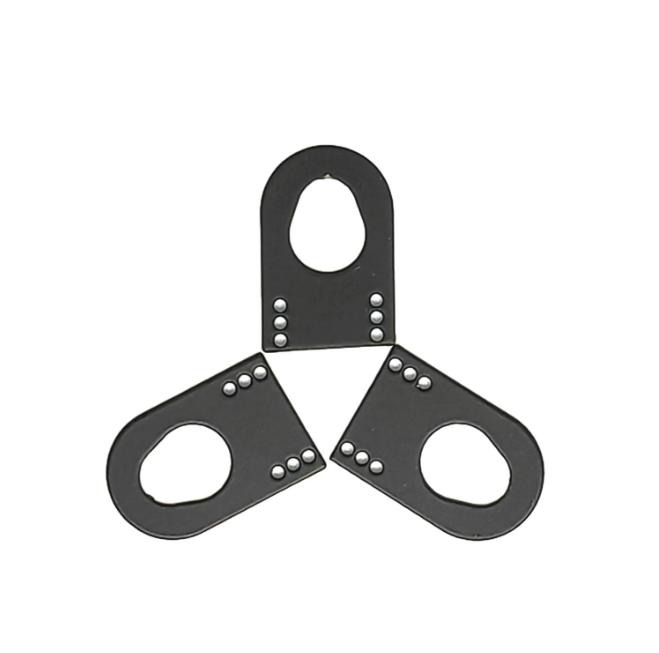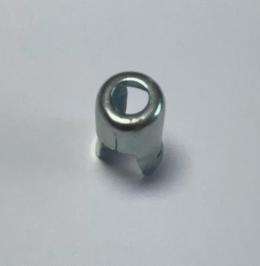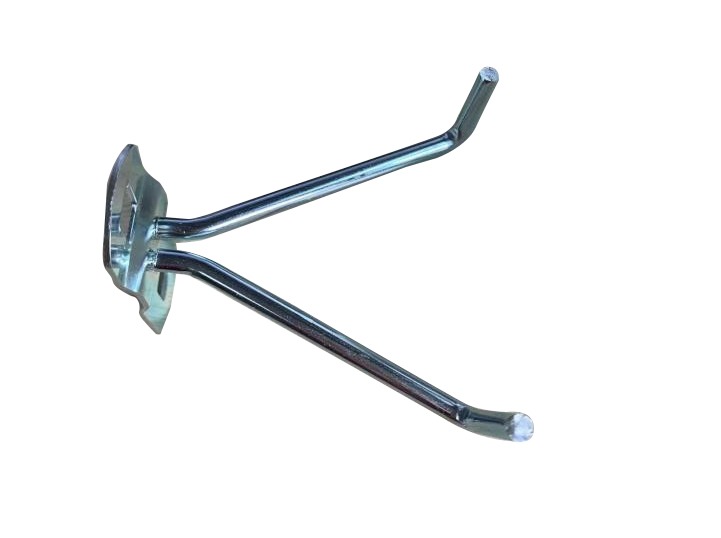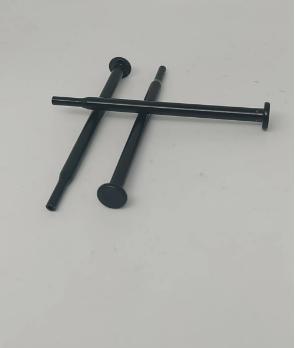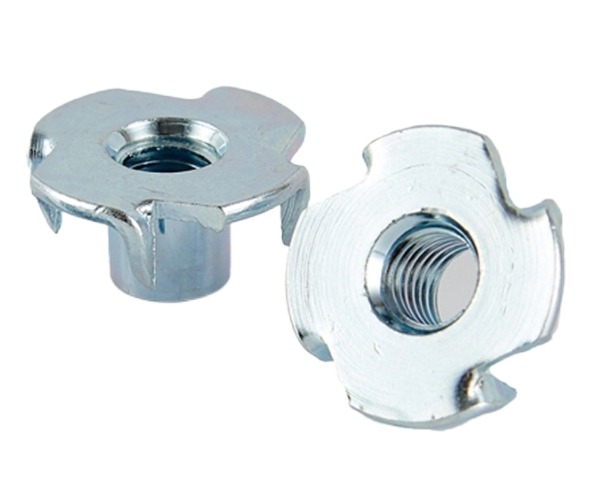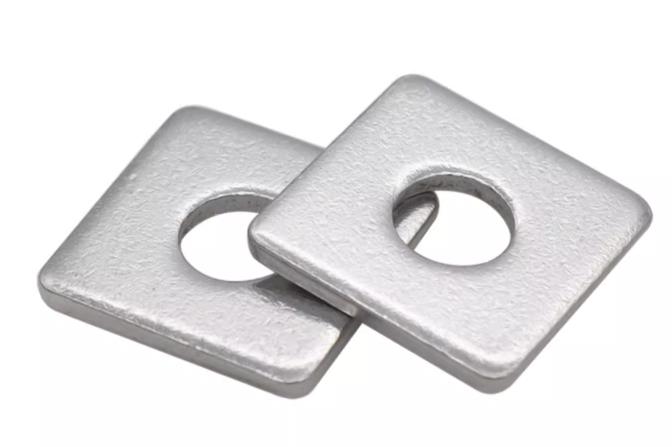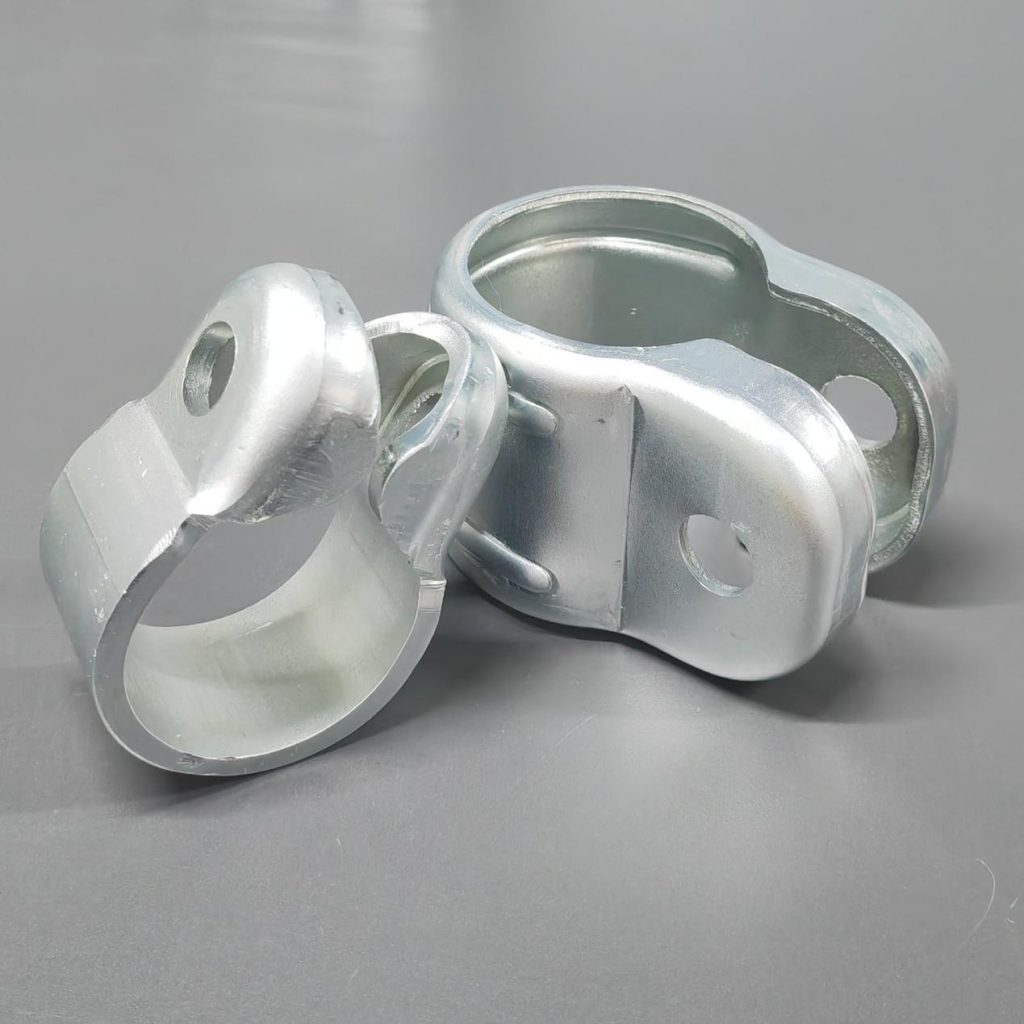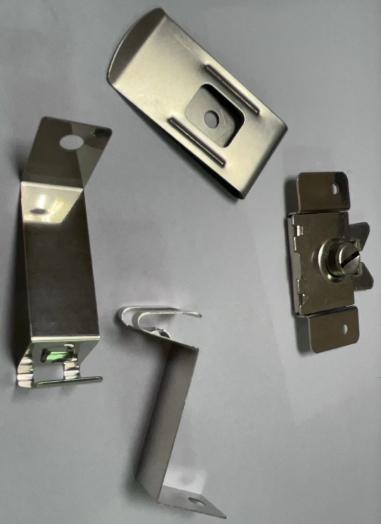Materials Matter: Choosing the Right Metal for Stamped Components
Metal stamping, a high-speed and versatile manufacturing process, forms the backbone of countless products we encounter daily. From car parts and appliances to electronics and medical devices, stamped metal components play a crucial role in our world. However, the success of these components hinges on one critical decision: choosing the right metal.
Selecting the most suitable metal for a stamped component goes beyond simple aesthetics. It’s about ensuring the final product functions flawlessly, endures wear and tear, and delivers the desired lifespan. This article explores the key factors to consider when choosing a metal for stamped components and delves into some of the most commonly used options.

Factors to Consider When Choosing Metal for Stamped Components
When choosing a metal for stamped components, several factors need to be considered to ensure optimal performance and cost-effectiveness. These factors include:
- Material Properties: Understand the mechanical properties required for the stamped component, such as strength, ductility, hardness, and corrosion resistance. Different metals possess varying combinations of these properties.
- Application Requirements: Consider the specific application needs, including environmental conditions (temperature, humidity, chemical exposure), mechanical stresses (load, pressure, impact), and functional requirements (wear resistance, conductivity).
- Material Cost: Evaluate the cost of the material, including raw material cost and any additional processing costs. Some metals may have higher initial costs but offer long-term benefits due to their durability and performance.
- Manufacturability: Assess the ease of stamping and forming the metal into the desired shape. Some metals may be more challenging to work with due to their hardness, brittleness, or springback characteristics.
- Surface Finish: Determine the desired surface finish of the stamped component. Certain metals may require additional finishing processes such as plating, coating, or polishing to achieve the desired appearance and functionality.
- Availability and Lead Times: Consider the availability of the chosen metal and any potential supply chain constraints. Ensure that the selected material can be readily sourced within the required timeframe.
- Recyclability: Evaluate the environmental impact of the chosen metal, including its recyclability and sustainability. Opting for recyclable metals can reduce environmental footprint and support sustainability goals.
- Compatibility: Ensure compatibility with other components or materials that the stamped part will interact with. Consider factors such as galvanic corrosion when choosing metals for assemblies with dissimilar materials.
- Regulatory Compliance: Verify that the selected metal meets relevant industry standards and regulatory requirements, especially in regulated industries such as automotive, aerospace, and medical devices.
- Supplier Capability: Assess the capabilities of potential suppliers in handling the chosen metal, including their expertise in stamping, forming, and finishing processes. Choose suppliers with a proven track record of quality and reliability.
By carefully considering these factors, manufacturers can select the most suitable metal for stamped components, balancing performance, cost, and other critical requirements for their specific applications.

Commonly Used Metals in Metal Stamping
Several metals are commonly used in metal stamping due to their various properties and applications. Some of the most commonly used metals include:
- Steel: Steel is one of the most versatile and widely used metals in metal stamping. It offers excellent strength, durability, and formability, making it suitable for a wide range of applications. Different types of steel, such as carbon steel, stainless steel, and alloy steel, are used depending on specific requirements.
- Aluminum: Aluminum is lightweight, corrosion-resistant, and has excellent electrical and thermal conductivity. These properties make it ideal for applications where weight reduction and conductivity are critical, such as in the automotive, aerospace, and electronics industries.
- Copper: Copper is highly conductive and has excellent thermal properties, making it suitable for electrical and heat transfer applications. It is commonly used in electrical connectors, heat sinks, and other electronic components.
- Brass: Brass is an alloy of copper and zinc, offering good corrosion resistance, machinability, and aesthetic appeal. It is often used in decorative and functional applications, such as in hardware, plumbing fixtures, and musical instruments.
- Bronze: Bronze is an alloy of copper and other elements, such as tin, aluminum, or silicon. It offers excellent wear resistance, strength, and corrosion resistance, making it suitable for bearings, bushings, and other mechanical components.
- Stainless Steel: Stainless steel combines the strength and durability of steel with corrosion resistance, making it suitable for applications where exposure to moisture or corrosive environments is a concern. It is commonly used in kitchen appliances, automotive components, and medical devices.
- Titanium: Titanium is lightweight, corrosion-resistant, and has an excellent strength-to-weight ratio, making it suitable for aerospace, automotive, and medical applications where high strength and low weight are critical.
- Nickel Alloys: Nickel alloys offer excellent corrosion resistance, high temperature resistance, and strength. They are commonly used in chemical processing, aerospace, and marine applications.
- Galvanized Steel: Galvanized steel is coated with a layer of zinc to enhance corrosion resistance. It is commonly used in outdoor and industrial applications where protection against rust is necessary.
- Tungsten: Tungsten is known for its high density, hardness, and resistance to wear and corrosion. It is used in applications requiring high strength and durability, such as in tooling and wear-resistant components.
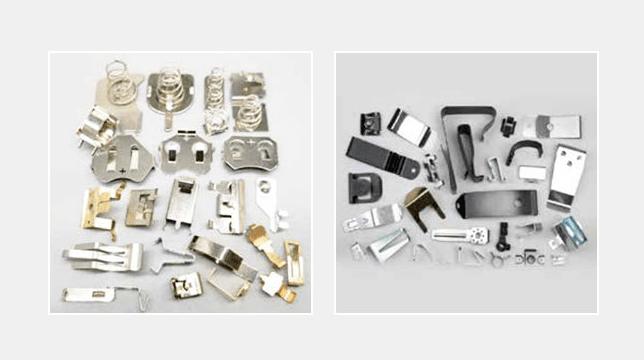
Here’s a table categorizing commonly used metal materials, their common grades, and representative stamping parts:
| Metal Material | Common Grades | Representative Stamping Parts |
| Steel | Mild Steel (e.g., ASTM A36) Stainless Steel (e.g., 304, 316) High Strength Low Alloy Steel (HSLA) (e.g., C6ASTM A572) | Automotive body panels Appliance parts Electrical enclosures |
| Aluminum | Aluminum 1100 Aluminum 3003 Aluminum 5052 | Automotive heat shields Electronic chassis Aerospace components |
| Copper | Copper C101 (Oxygen-free) Copper C110 (Electrolytic Tough Pitch) Copper C260 (Cartridge Brass) | Electrical connectors Heat sinks Electrical contacts |
| Brass | Brass C260 (Cartridge Brass) Brass C360 (Free Cutting Brass) Brass C464 (Naval Brass) | Decorative hardware Plumbing fittings Musical instrument components |
| Bronze | Bronze C510 (Phosphor Bronze) Bronze C932 (Bearing Bronze) Bronze C954 (Aluminum Bronze) | Bearings Bushings Gears |
| Nickel | Nickel 200 Nickel 201 Nickel Alloy 600 | Aerospace components Chemical processing equipment Marine fasteners |
| Titanium | Grade 1 (Commercially Pure) Grade 5 (Ti-6Al-4V) Grade 23 (Ti-6Al-4V ELI) | Aircraft structural components Medical implants Sports equipment |
| Zinc | Zinc Alloy 3 (Zamak 3) Zinc Alloy 5 (Zamak 5) Zinc Alloy 7 (Zamak 7) | Door handles Automotive trim parts Decorative hardware |
These are just a few examples of commonly used metals in metal stamping. The selection of the appropriate metal depends on factors such as mechanical properties, environmental conditions, regulatory requirements, and cost considerations specific to each application.
Conclusion
Choosing the right metal for stamped components is a crucial step in ensuring a product’s functionality, performance, and longevity. By carefully considering factors like application, formability, strength, corrosion resistance, and cost, manufacturers can select the optimal material for their specific needs. Consulting with experienced metal stamping professionals can further refine the selection process, leading to the creation of robust, reliable, and cost-effective stamped components.

